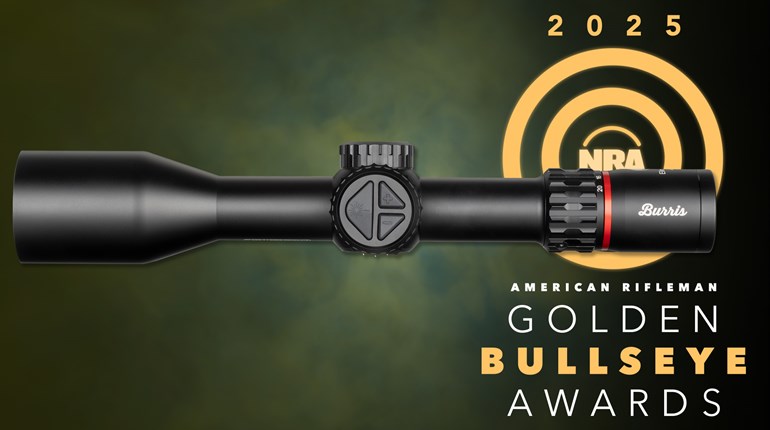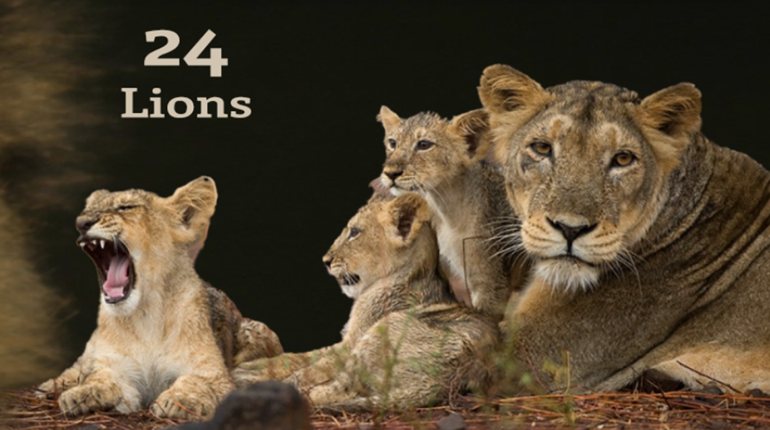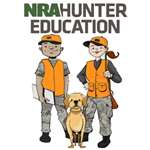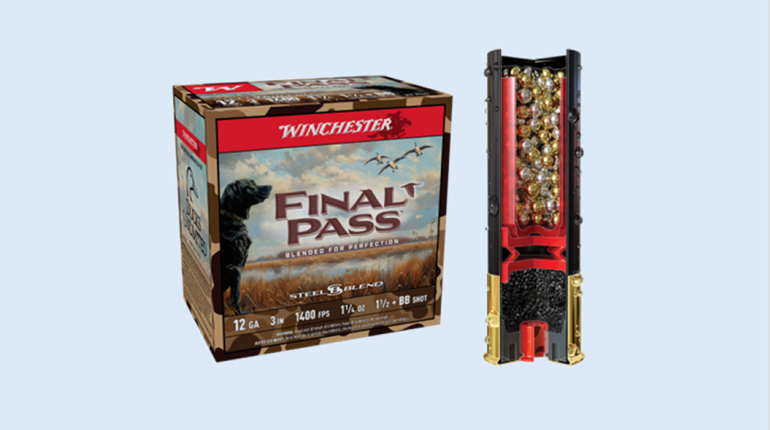
Back in 2002, I was asked to come on an upland bird road trip to see something that could stop the decline of hunting. I thought, sounds far-fetched, but upland road trip, I’m in.
Before I knew it there I was in South Dakota with pheasants flushing all around me. When I asked for clarification that this was not a public land hunt, I was told, “No, this is private land the public has access to. All you have to do is sign in. Your license fees pay for this access.”
A biologist with the South Dakota Department of Game, Fish and Parks said, “We went to private landowners and negotiated with them one at a time. We've enrolled 900,000 acres for the 90,000 nonresident sportsmen who visit us each season. Funding for this program comes from a surcharge on hunting licenses.”
We then crossed into Montana and found that the road from Ekalaka, Mont., to the Ringling Ranch (the next stop on our quest to see what could save hunting) doesn’t have a name. We were simply told to take the road out of town that goes east. So we used a compass. It led us to the back of the high school, behind a snowy field surrounded by a hundred fans cheering on a game of six-on-six football, to a rutted dirt road that meandered east. Fifteen miles out into a rolling grassland, we saw the sign-up box for a property enrolled in Montana’s Block Management Program. All a sportsman has to do is jot his name on the sheet in the box and he’s free to use the land. The state even gives out maps to all the private lands they’ve enrolled in the program. As landowners get paid according to the number of people who use their property, they have a financial incentive to maintain healthy game populations.
Each contract is worked out individually. For example, if a farmer trying to control his deer herd wants to participate, he can have the contract state that only does may be harvested.
That day Paul Ringling, a member of the famous circus family, took us to a sharptail covey. We dropped in below the birds, and several hours later we had game bags full of sharptails on a property anyone can hunt.
Since that time, “walk-in” or “private-land-access” programs designed for hunters have taken off. Also, thanks to NRA for its lobbying efforts and to the resources it provides to champion hunter access, a provision of the U.S. Farm Bill called the Voluntary Public Access and Habitat Incentive Program—or “Open Fields” for short—has provided money to states so they can begin new programs to open yet more private lands to hunters. In fact, NRA’s Susan Recce, director of NRA-ILA’s Conservation, Wildlife and Natural Resources Division, has been so instrumental that she was recognized by Outdoor Life in January with Outdoor Life’s 2016 Open Country Award.“Finding a place to hunt can be a significant challenge for hunters in today’s world,” Recce explains. “The Open Fields program creates a winning partnership for hunters and land owners because hunters gain access to private land for hunting—and families receive additional farm income. An added benefit of Open Fields is the support that rural economies receive from the money hunters spend. And, it opens the door for new ways to experience our country’s rich hunting and wildlife heritage.”
Of course, not having a place to hunt has long been cited as a central reason many leave the sport. Fortunately for American hunters, these programs have been solving this problem for more than a decade now. The Agriculture Act of 2014 (H.R. 2642 and S. S.954) again included funds for “Open Fields” through 2018. The bill’s Conservation chapter authorizes $40 million in grants to states so they can continue working with private landowners to create access for hunters.
The “Open Fields” program helped to open more than 3 million acres of private land to hunting. Montana’s Block Management Program and North Dakota’s PLOTS Program are two early success stories. Other states have since developed great programs. These include Kansas (a state with little public land), Colorado, Idaho, Washington State, Nebraska, New Mexico and Wyoming. Also, Pennsylvania, Michigan, Iowa and Minnesota now have private-land-access programs designed to give people more places to hunt and to thereby manage wildlife.



































